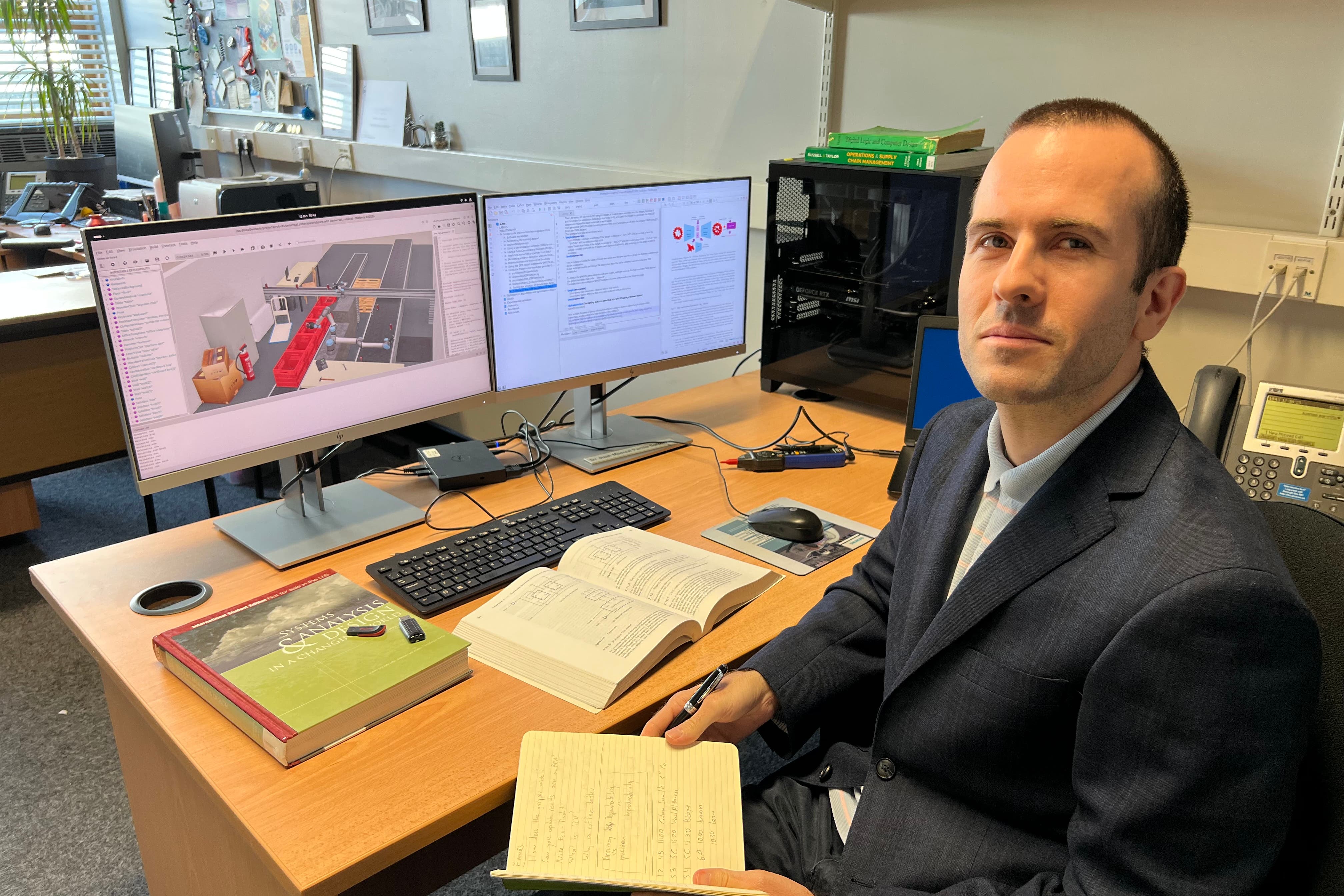Robotics expert creates computer programme to speed up scientific research
The professor says the programme, which seamlessly fits compatible molecules together, works similarly to a Lego set.

Your support helps us to tell the story
From reproductive rights to climate change to Big Tech, The Independent is on the ground when the story is developing. Whether it's investigating the financials of Elon Musk's pro-Trump PAC or producing our latest documentary, 'The A Word', which shines a light on the American women fighting for reproductive rights, we know how important it is to parse out the facts from the messaging.
At such a critical moment in US history, we need reporters on the ground. Your donation allows us to keep sending journalists to speak to both sides of the story.
The Independent is trusted by Americans across the entire political spectrum. And unlike many other quality news outlets, we choose not to lock Americans out of our reporting and analysis with paywalls. We believe quality journalism should be available to everyone, paid for by those who can afford it.
Your support makes all the difference.A Scottish robotics expert has developed a computer programme that will help speed up scientific research while cutting costs.
Dr Juanma Parrilla, a robotics lecturer in Glasgow Caledonian University’s mechanical engineering department, has created a programme that quickly identifies molecules that are compatible, which he says can significantly speed up research.
The academic collaborated with Professor Lee Cronin, from the University of Glasgow, to create the programme, which visualises the distribution of electrons around molecules and their interactions.
Using that information, the programme can generate molecules that seamlessly fit together – which Dr Parrilla likened to building a Lego set.
It analyses the shape of molecules and then finds another that harmoniously fits.
This information, Dr Parrilla says, is “crucial for developing new medicines or materials”, and that finding two molecules that are a perfect match is like “finding a needle in a haystack”.
He said: “With our programme, computers can assist us in discovering new guest molecules that complement the host, even with limited prior knowledge of the system.
“We’ve tested our method and successfully identified new guest molecules for both cucurbiturils and metal-organic cages.
“This could potentially streamline the process of finding useful molecules, thus saving time and money in scientific research, particularly in drug development.”
He added: “I focused on understanding molecules based on their shape and volume, rather than atoms.
“I developed a system that perceives molecules solely based on their appearance, similar to assembling Lego bricks.”
The lecturer trained an auto-encoder using data taken from over 130,000 molecules, which then allowed his AI model to learn the necessary information to match the molecules.
He said: “With this knowledge, I employed an optimisation algorithm to find the best-fitting volume for a given molecule.
“Initially, the algorithm explores random shapes, then refines them to find the best match, akin to moulding clay.
“Once the optimal volume is determined, I use another AI model called GPT to convert this volume representation into actual atoms.
“This step is vital for practical chemistry applications, as chemists require knowledge of the atoms present in a molecule to work effectively with it.”